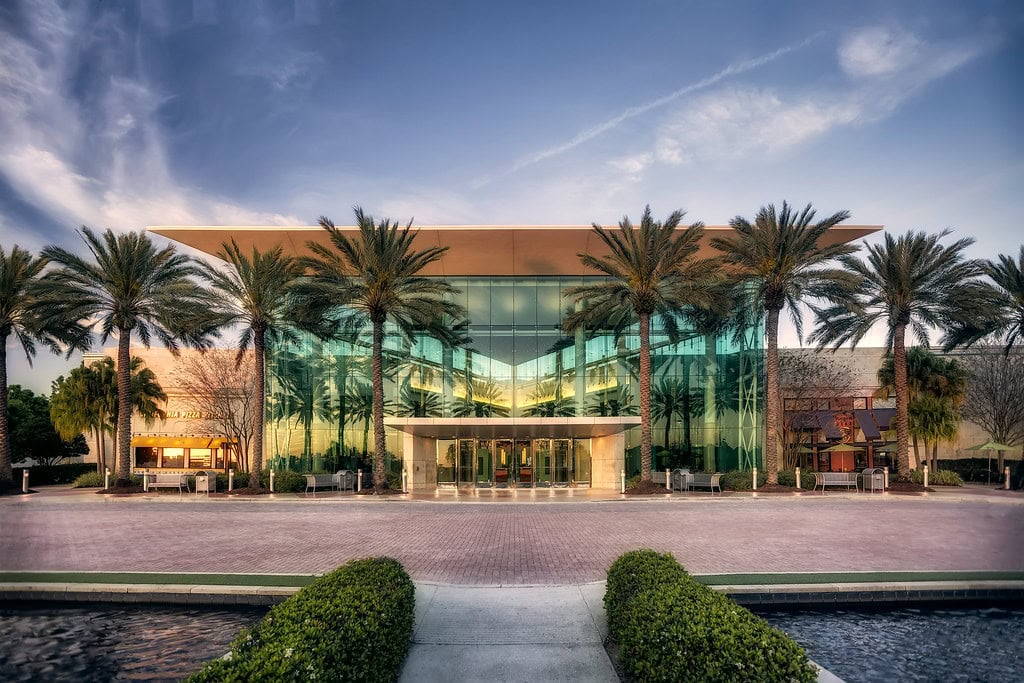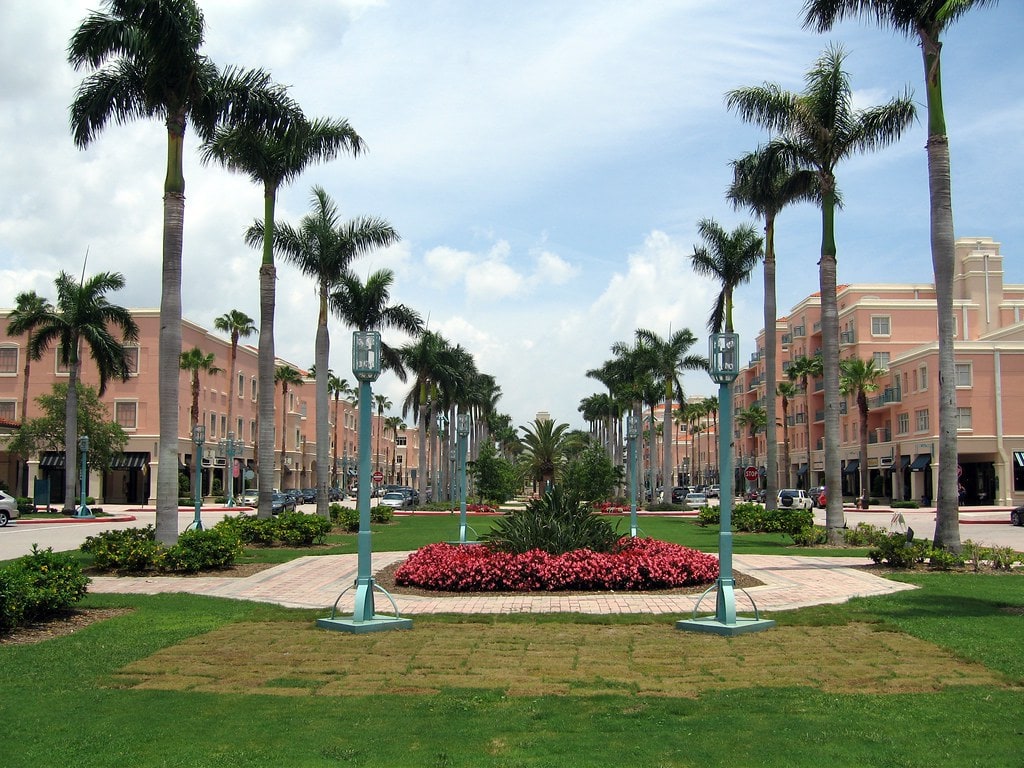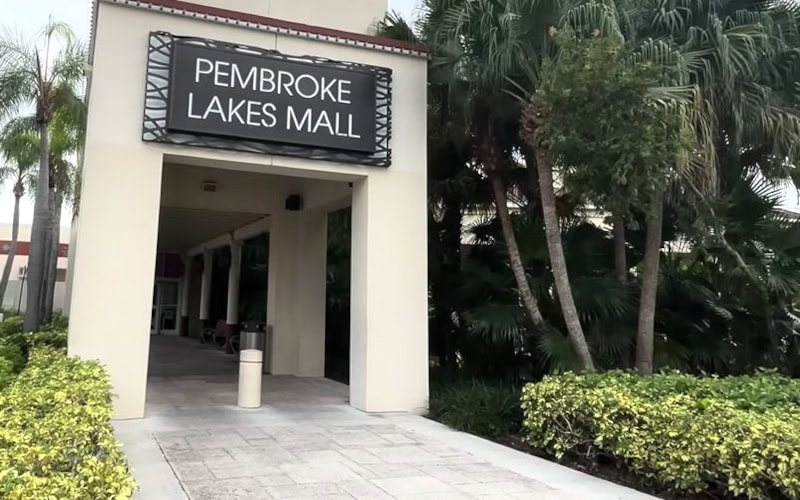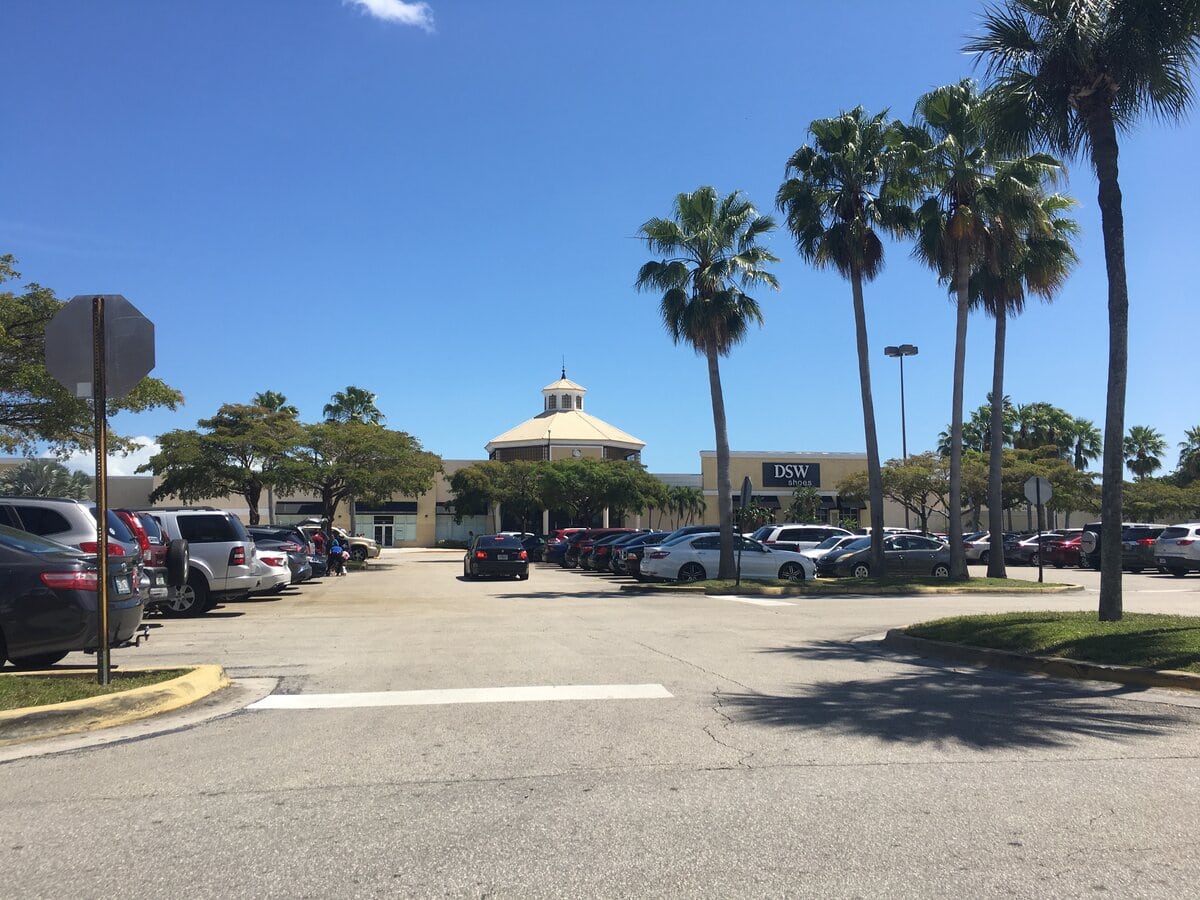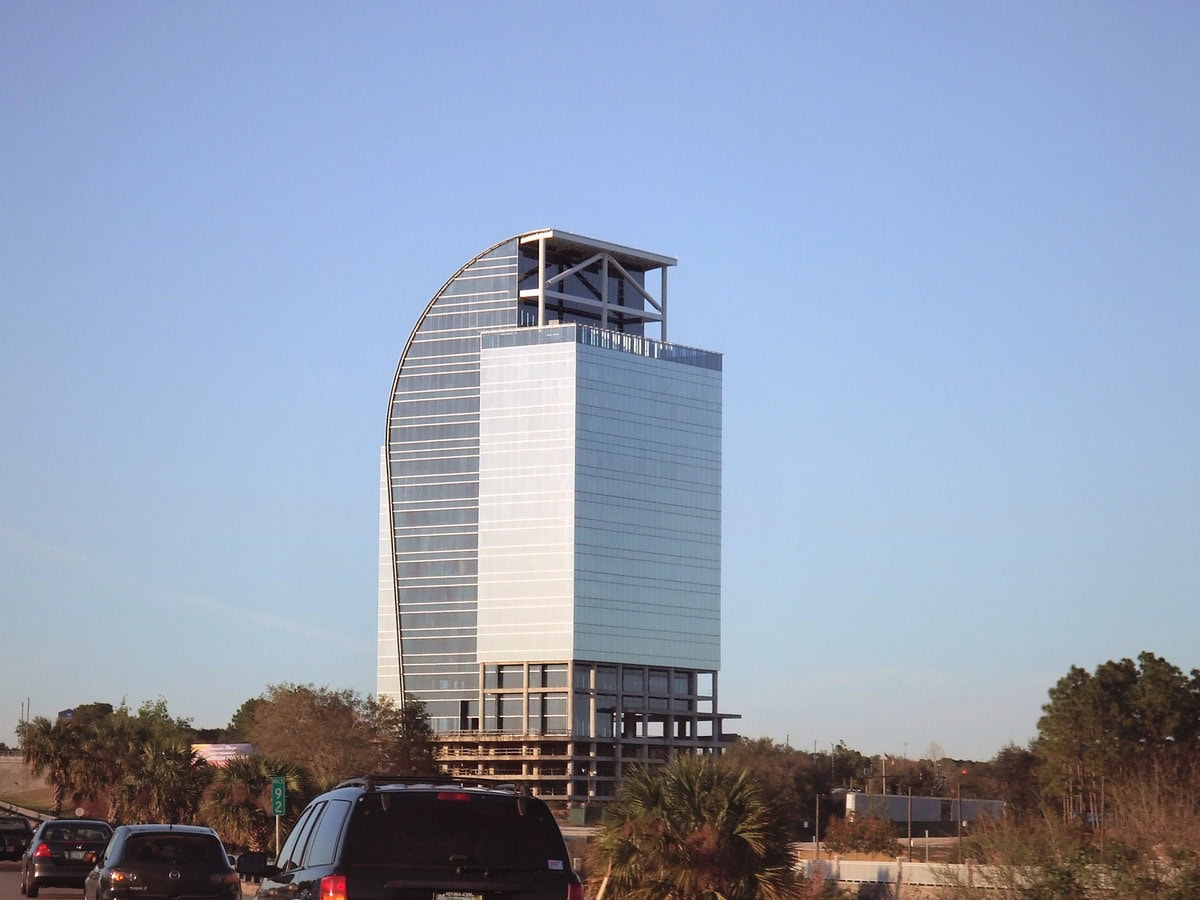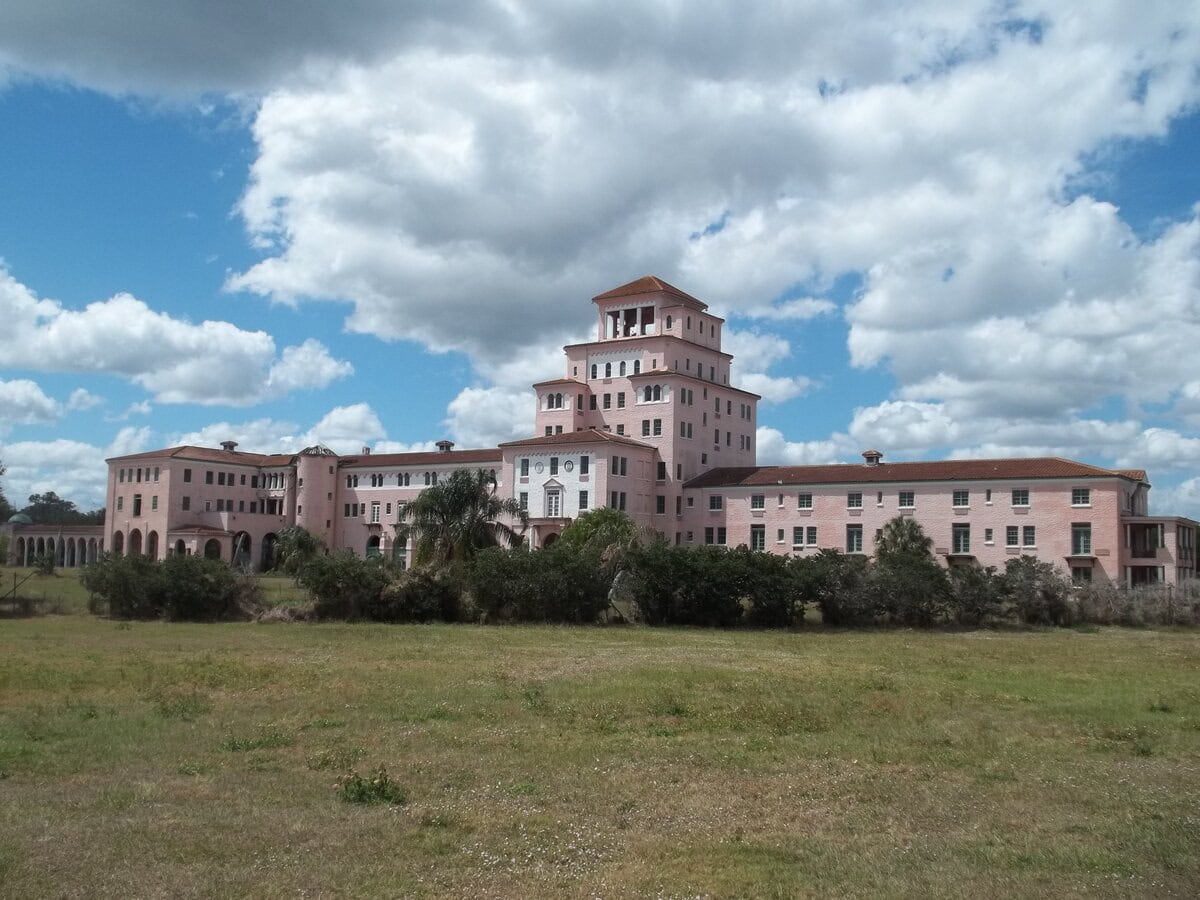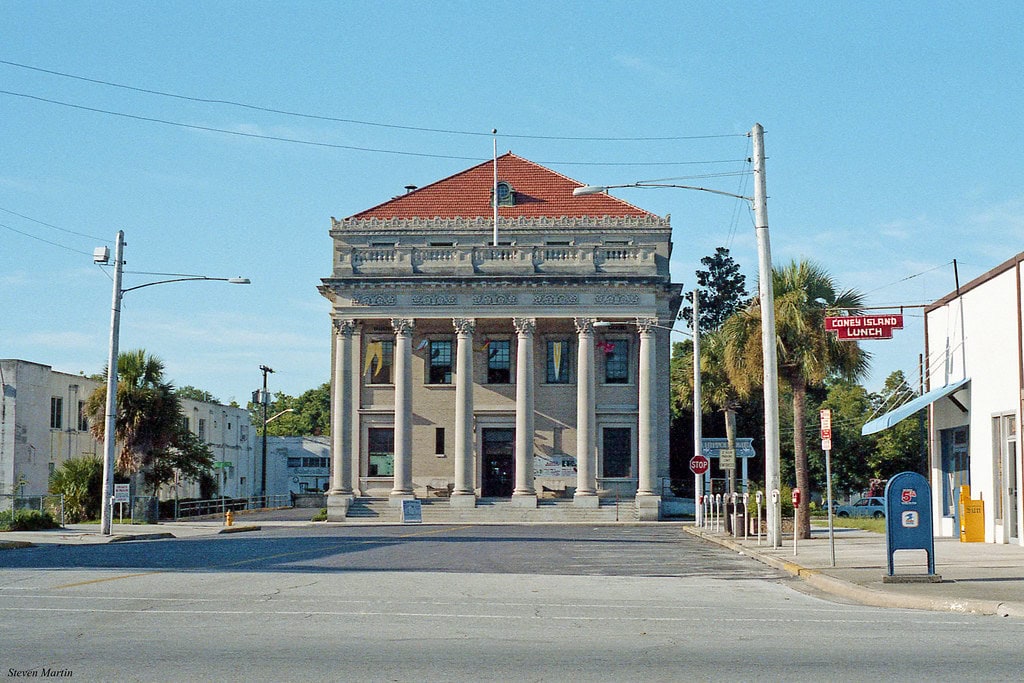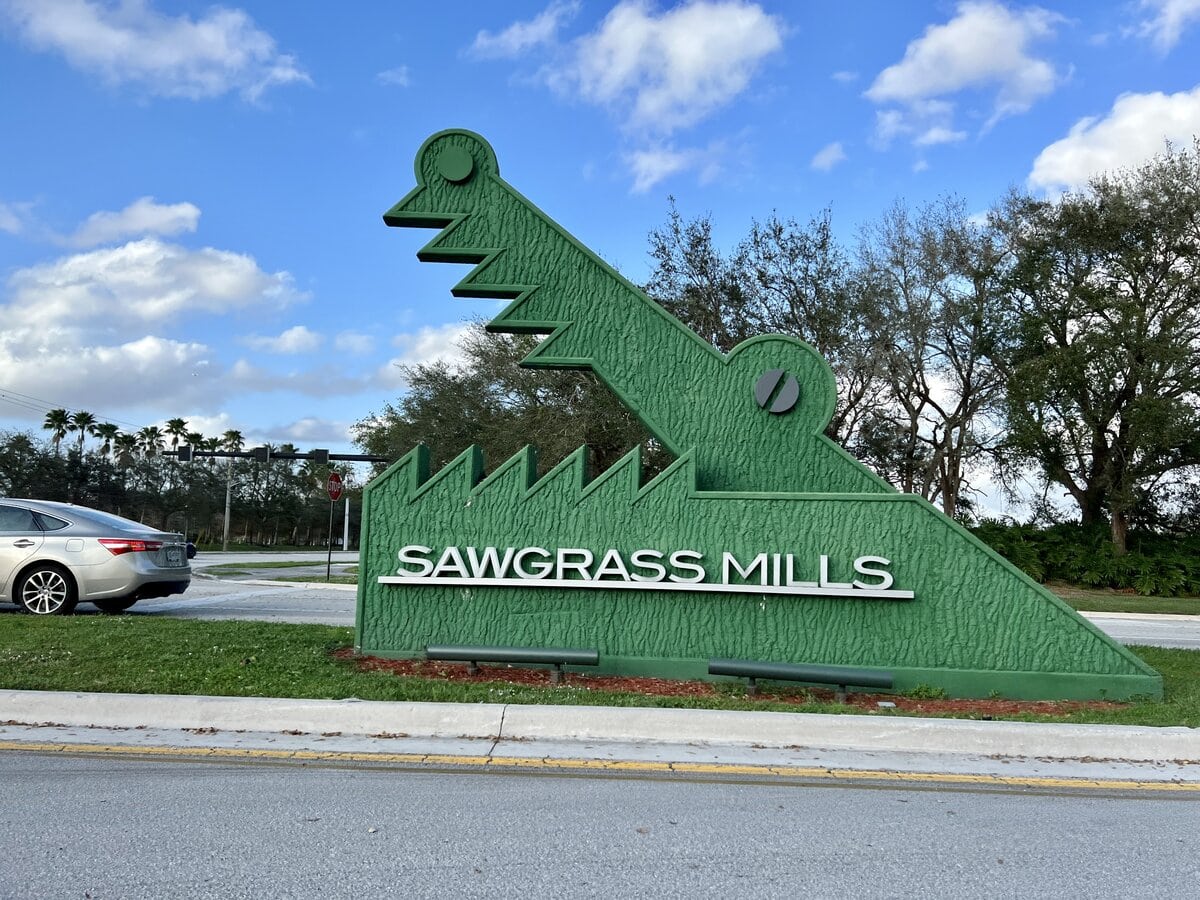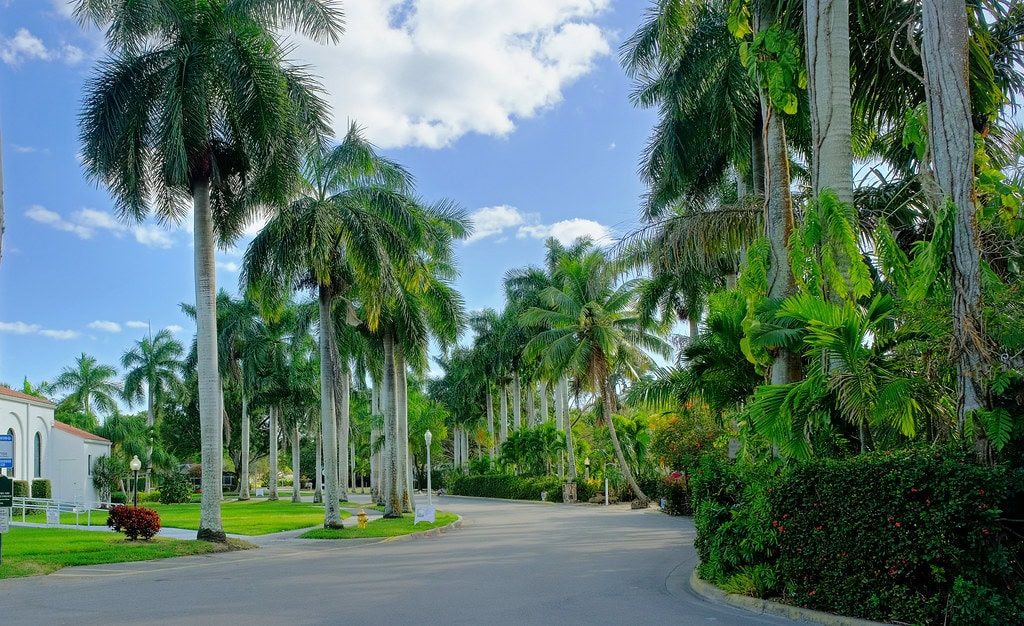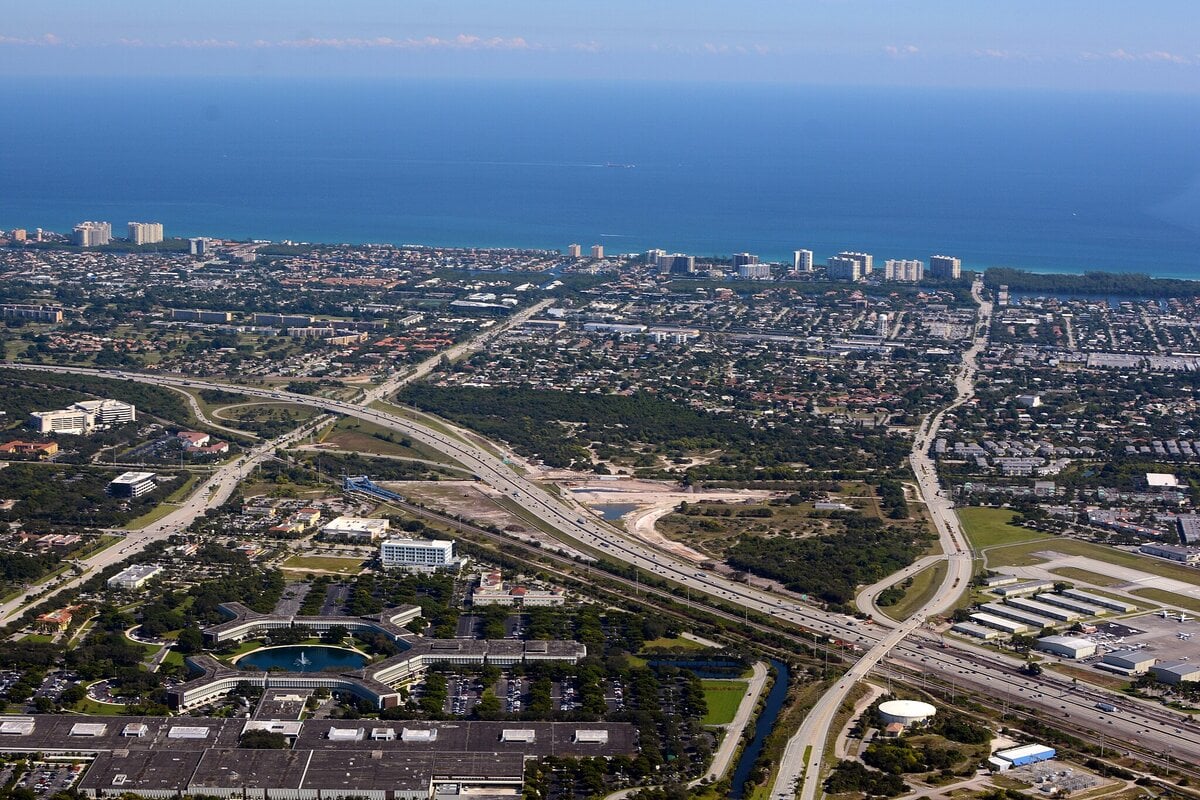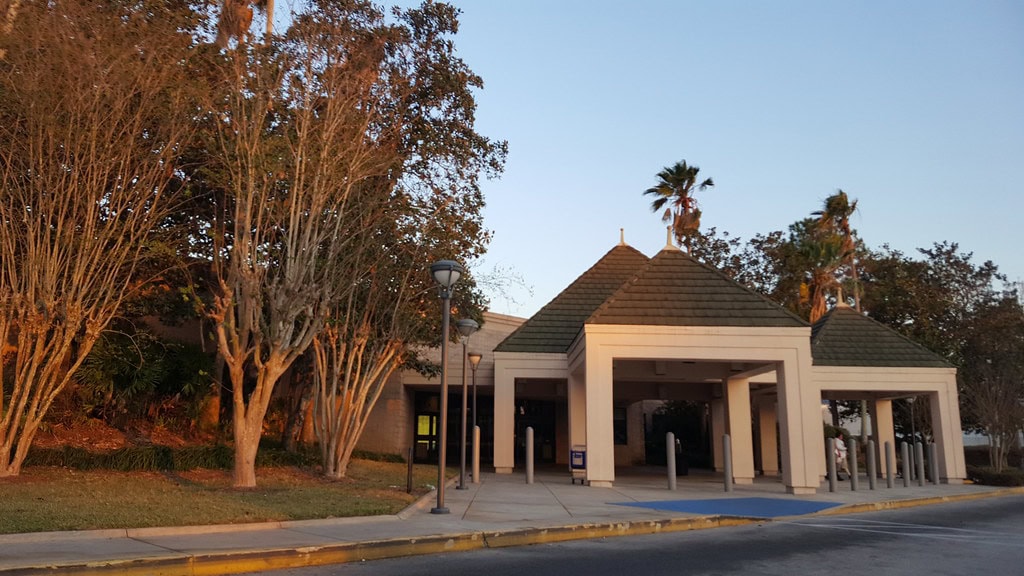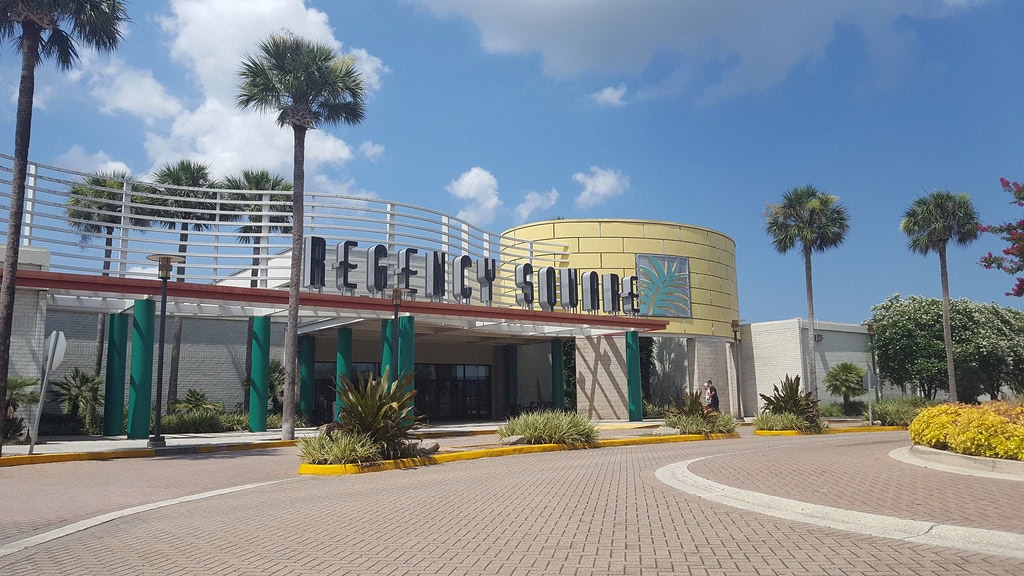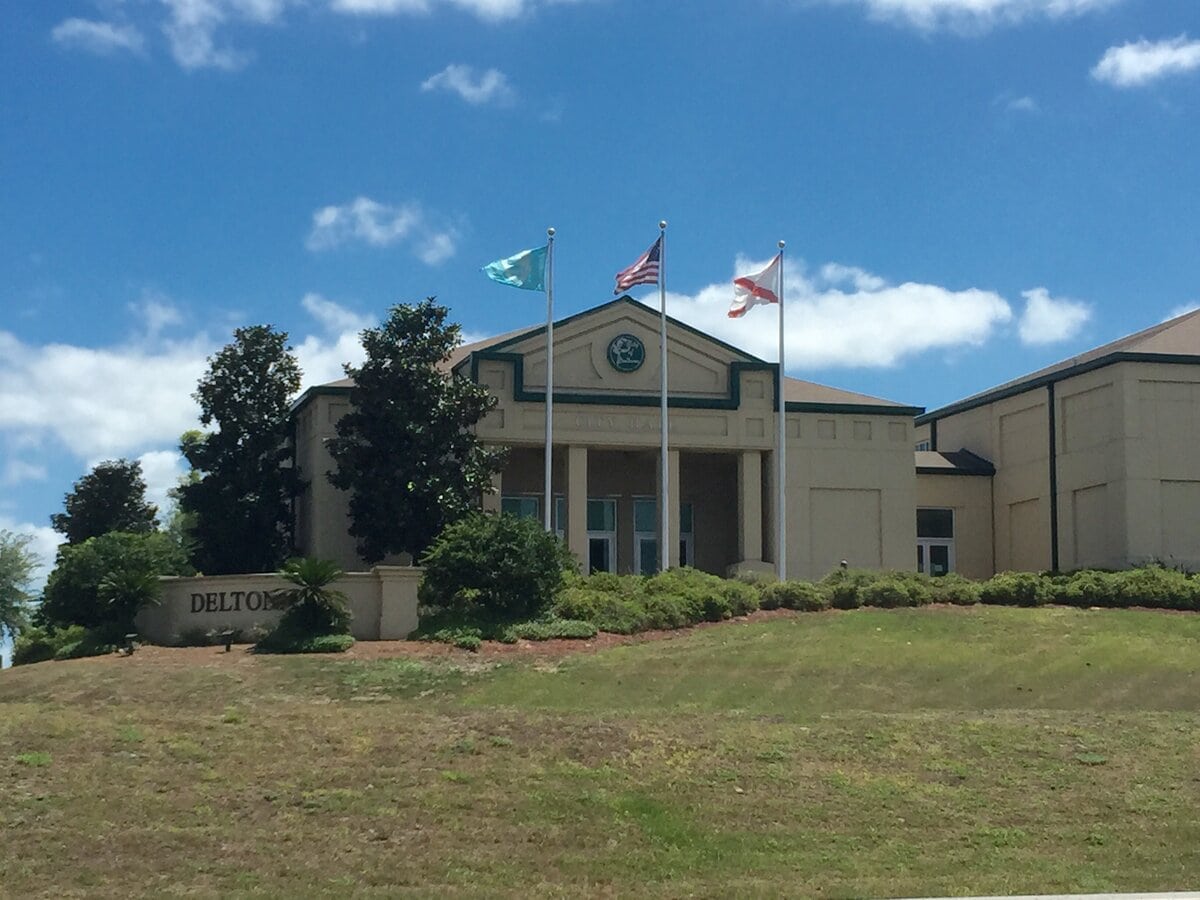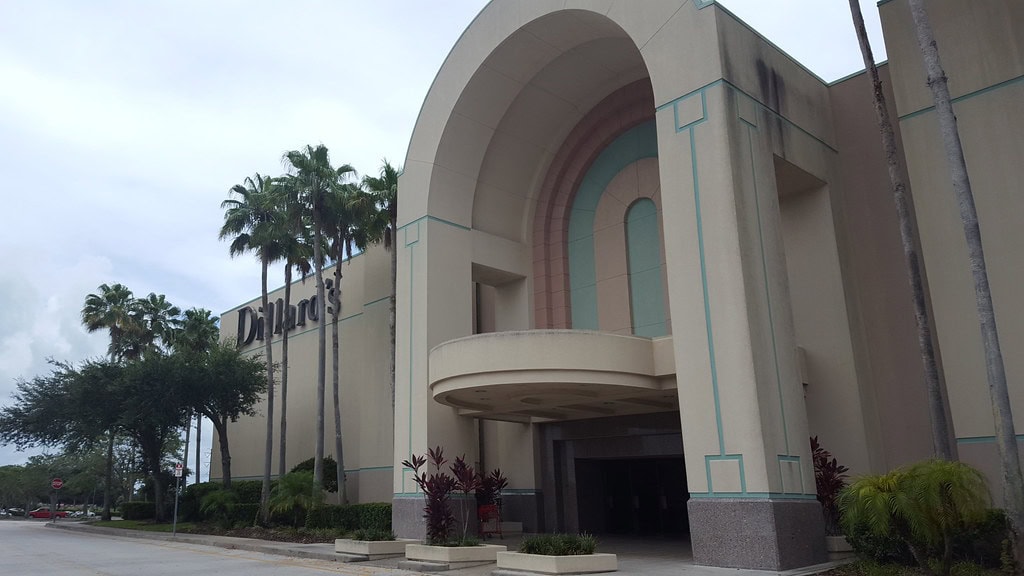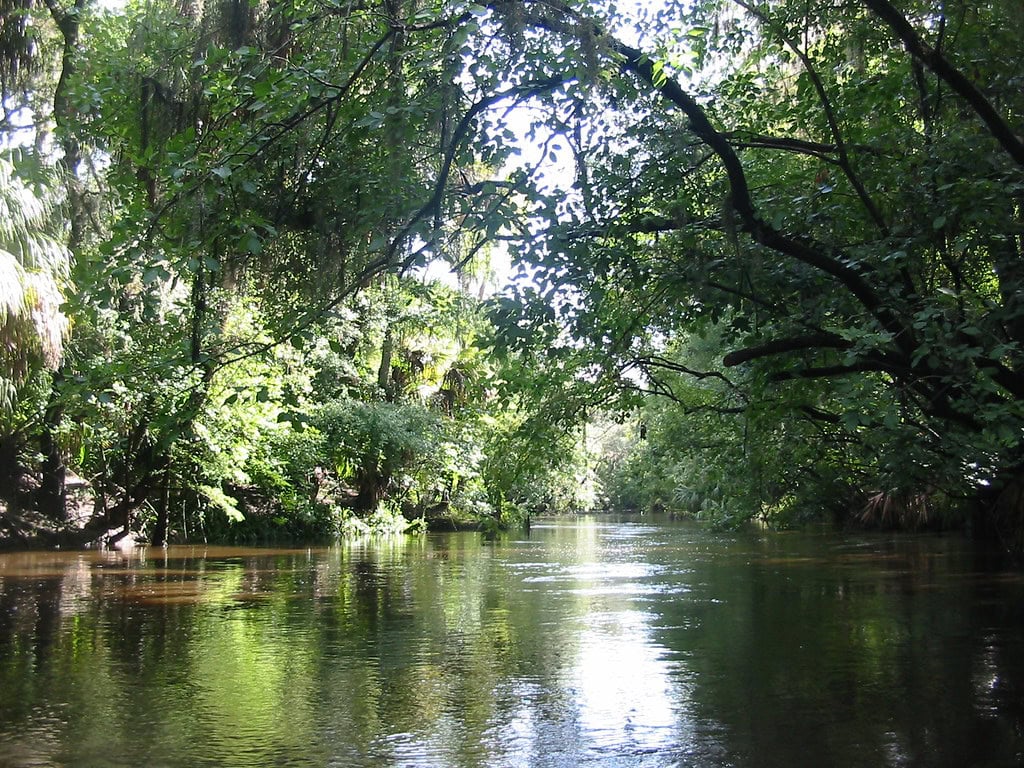Florida's Most Bone-Chilling Myths and Legends: How Much Is True?
Florida has its fair share of strange tales, stories passed down through generations, whispered in dark corners, and shared on late-night ghost tours. Some are based on historical events, while others have taken on a life of their own, growing into eerie legends that refuse to fade. From haunted lighthouses to mysterious creatures lurking in the swamps, the state's folklore is filled with stories that blur the line between fact and fiction.
Every town seems to have at least one place people swear is haunted. In St. Augustine, it's the lighthouse where visitors claim to hear laughter echoing from nowhere.
In Jacksonville, there's an old school where the walls supposedly hold secrets too dark to speak aloud.
The Skunk Ape, Florida's version of Bigfoot, has been spotted more times than anyone can count, always leaving behind a foul stench and more questions than answers.
Some legends center on tragedy, like the ghost of a mobster who still lingers in a once-glamorous hotel or a supposed witch whose grave draws curious visitors year after year.
These stories stick around for a reason. Some are tied to real history, making them even more unsettling.
Others have been twisted and reshaped over time, turning simple myths into elaborate tales.
Whether people believe them or not, they keep coming back, to search for ghosts, to explore abandoned buildings, or just to feel the chill of a good story creeping down their spine.
The Devil's School in Jacksonville
The Haunted Halls of PS No. 4
Tucked away in Jacksonville, an old brick building looms behind a chain-link fence, covered in graffiti and swallowed by time.
Officially named Annie Lytle Elementary School, locals know it by a different name, The Devil's School.
The abandoned structure has inspired stories of unspeakable horrors, drawing urban explorers, thrill-seekers, and those who swear something evil lurks inside.
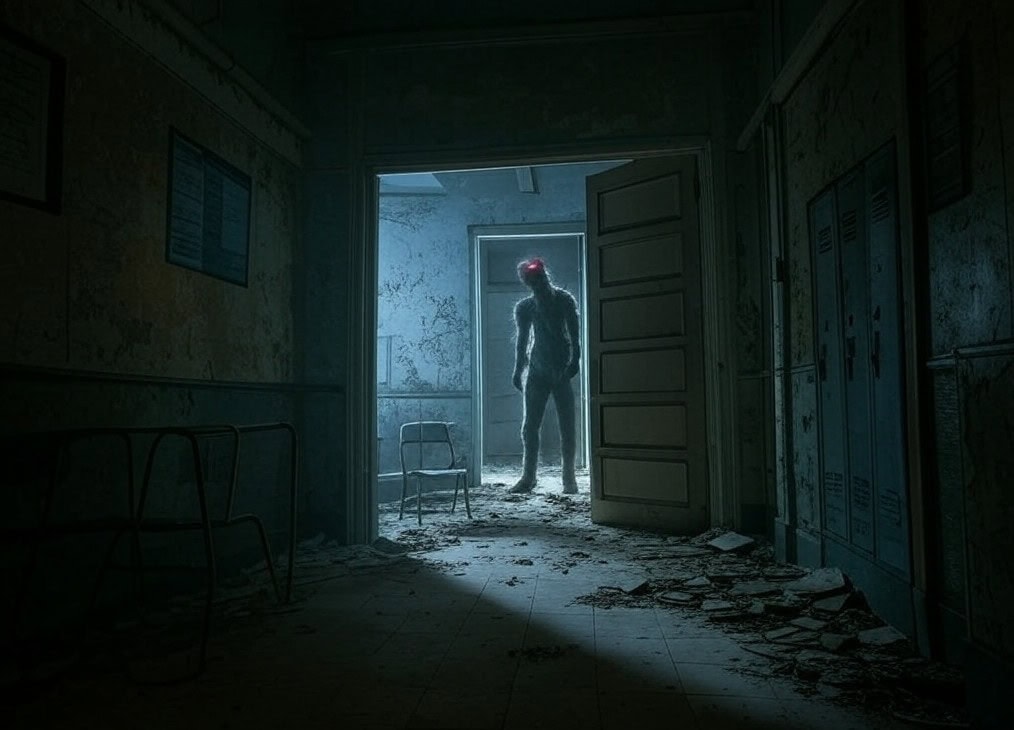
From Education to Abandonment
Built in 1918, Public School No. 4 once served as a proud institution of learning. In its early years, it provided education to generations of Jacksonville children, standing as a symbol of progress in the growing city.
However, by the mid-20th century, the school began to decline. Reports of poor maintenance, safety hazards, and overcrowding plagued its later years.
By the 1960s, the school shut its doors for good. While some say it was due to structural concerns, others claim a darker reason.
According to local rumors, a tragic fire broke out, trapping students and teachers inside. Though no historical records confirm such an event, the story persists, adding to the school's eerie reputation.
Dark Tales from the Classroom
Legends surrounding the Devil's School paint a horrifying picture. Some say a deranged janitor used the school's boiler room as a site for gruesome acts, disposing of bodies in the furnace.
Others claim a principal went mad and committed atrocities within the very walls meant to foster learning.
There are also whispers of satanic rituals taking place after the school's closure, with symbols burned into the walls and ghostly figures appearing at night.
These stories have never been proven, but the chilling atmosphere inside the building fuels speculation.
The hollowed-out classrooms, peeling walls, and rusted remains of desks create a setting straight out of a nightmare. For those who step inside, silence is rarely comforting; it often feels like something is listening.
Shadows in the Corridors
Over the years, visitors have reported eerie experiences within the abandoned school. Footsteps echo from nowhere, doors slam despite the still air, and figures flicker in the dark.
Some claim they've heard faint voices calling out as if trapped in time. Others describe a suffocating sense of dread as if they were being watched from the empty hallways.
Paranormal investigators have explored the building, capturing strange audio recordings and unexplained light anomalies.
Even skeptics admit the school's atmosphere is unsettling. Whether the source is supernatural or psychological, no one leaves without a story.
From Schoolhouse to Spookhouse
The Devil's School has become a local legend, with its tales passed down through generations. It has inspired horror stories, urban myths, and countless explorations by those eager to test their courage.
The building itself has faced multiple demolition threats, but its reputation keeps it standing, an abandoned relic of Jacksonville's past.
Despite its decay, the school remains a point of fascination. Some visit out of curiosity, while others seek proof of the paranormal.
For those who step through its crumbling halls, the question remains the same, are the stories just fiction, or is something still lurking inside?
Separating Fact from Fiction
While the stories surrounding the Devil's School are gripping, historical records tell a different tale. There is no evidence of a tragic fire, no reports of missing students, and no proof of occult activity.
Most of the terrifying accounts stem from word-of-mouth tales and local folklore rather than documented events.
However, the unsettling energy inside the school is harder to explain. Some suggest that the building's decay, combined with eerie acoustics, creates an atmosphere that plays tricks on the mind.
Shadows cast by broken windows and flickering streetlights add to the illusion of movement.
Whether the legends are real or exaggerated, one thing is certain: this school's haunted reputation is here to stay.
The Haunting of St. Augustine Lighthouse
Beacon of Spirits
Lighthouses have always carried an air of mystery, standing tall against crashing waves and guiding sailors through treacherous waters.
The St. Augustine Lighthouse, completed in 1874, is no different, except its reputation goes beyond maritime history.
Visitors and staff have reported eerie whispers, unexplained shadows, and the feeling of unseen eyes watching from above.
Some believe the spirits of those who met tragic ends here never left, turning the lighthouse into one of Florida's most haunted locations.
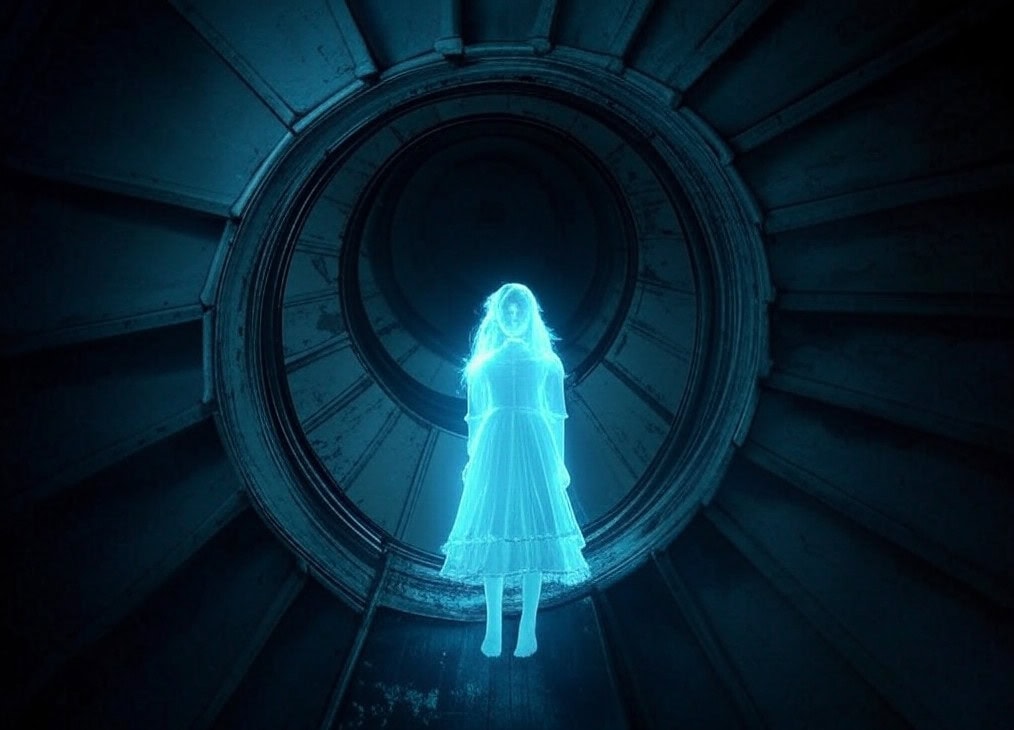
Illuminating the Past
Before the current structure, an earlier lighthouse stood nearby, dating back to the late 16th century. Erosion eventually forced its replacement, leading to the construction of the tower that stands today.
During the build, the site saw a devastating accident. In 1873, Hezekiah Pittee, the project's superintendent, allowed his children to play in a supply cart used for transporting materials.
The fun ended in tragedy when the cart broke loose, plunging into the water. Two of Pittee's daughters and another young girl drowned, their laughter silenced forever.
The lighthouse remained in service for decades, guiding ships safely along the coast. During World War II, it played a role in national defense, with Coast Guard personnel stationed there.
Though its primary function is historical now, the stories of its hauntings have made it one of the area's most talked-about landmarks.
Tales from the Tower
The most well-known spirits tied to the lighthouse are the Pittee sisters. Many visitors claim to hear giggling or see small figures darting around the staircase.
Others say they've spotted a young girl in period clothing, her dress soaked as if she had just stepped out of the water.
The keepers of the lighthouse also seem reluctant to leave. One former lighthouse keeper, Joseph Andreu, reportedly died after falling from the tower while painting it in the 1850s.
Some claim to see his shadow moving along the upper levels, and the scent of cigars, his favorite, sometimes lingers in the air with no explanation.
Ghostly Glimpses
Paranormal investigators and everyday visitors have both described unexplained activity. Cold spots appear in warm weather, footsteps echo from empty stairwells, and doors slam shut with no wind in sight.
The tower's lantern room is said to be particularly active, lights flicker, and figures appear in the reflection of the glass before vanishing into thin air.
The staff working late hours have their own unsettling experiences. Some hear their names whispered when no one else is around.
Others describe the eerie sensation of someone brushing past them, even when they are completely alone. The lighthouse, it seems, never truly sleeps.
A Light on the Paranormal
The St. Augustine Lighthouse is a centerpiece of the town's ghost tours. Tourists flock here not only for its rich maritime history but also for the possibility of encountering something, or someone, from the past.
Ghost-hunting TV shows have featured the site, bringing national attention to the eerie happenings inside. Locals, too, embrace the lighthouse's haunted reputation, making it a fixture in the town's folklore.
Beyond tourism, the lighthouse remains an active research and preservation site. Restoration efforts continue, ensuring its past, and its ghosts, remain part of St. Augustine's legacy.
Shedding Light on the Myths
Skeptics argue that the lighthouse's old structure can explain many of the reported hauntings.
The shifting of the tower, wind patterns, and the acoustics of the spiral staircase might create the eerie sounds people mistake for voices.
Some of the shadowy figures could be nothing more than tricks of the light, reflections bouncing off the glass in unexpected ways.
Historians point out that while tragic events did occur at the site, there's no hard proof that spirits linger. Still, the lighthouse's reputation remains strong.
Whether driven by history, ghostly tales, or a mix of both, visitors leave with stories of their own, ones they'll tell for years to come.
The Skunk Ape: Florida's Bigfoot
The Swamp's Secret Resident
Deep in the Everglades, something lurks in the shadows. Hunters, hikers, and campers have reported encounters with a creature that walks on two legs, stands over six feet tall, and reeks of something rotten.
Known as the Skunk Ape, this mysterious figure has fueled speculation, sightings, and even official investigations for decades.
Some believe it's a distant cousin of Bigfoot. Others say it's nothing more than a misidentified bear. Whatever it is, the legend has taken root in Florida's swamps.
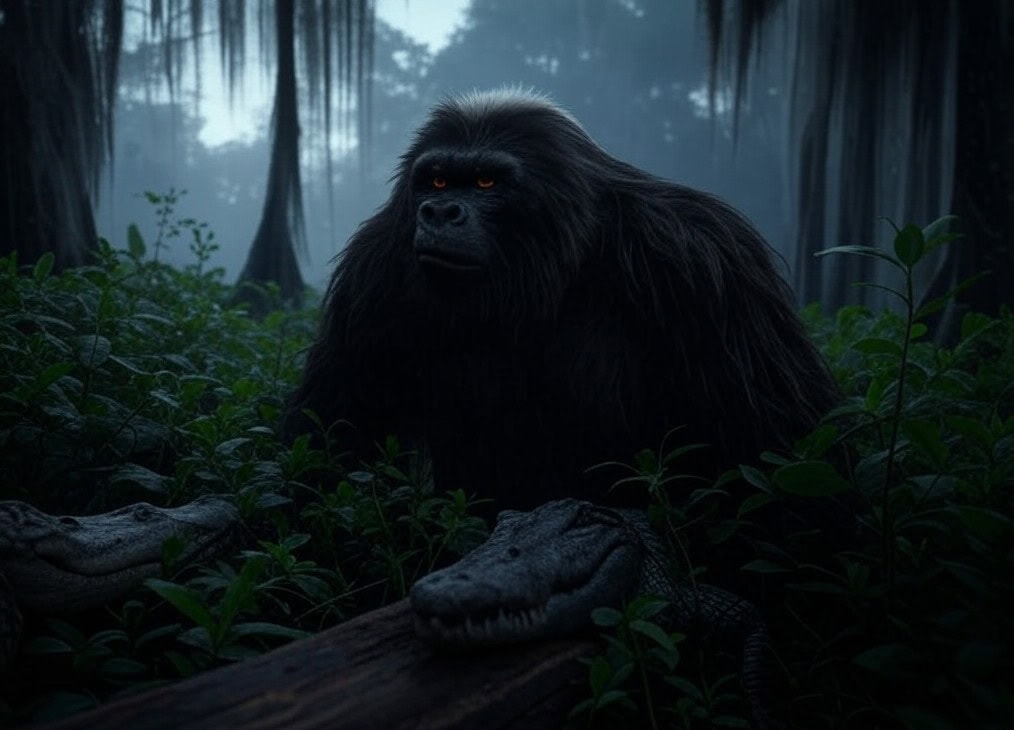
Sightings Through the Centuries
Reports of an ape-like creature in Florida go back further than most people realize.
Indigenous tribes, including the Seminole, have stories of a large, hairy being that moves through the marshlands.
Early settlers in the 19th century also described encounters with an unknown creature, though they often dismissed it as folklore.
In the 1950s, interest in the Skunk Ape grew as more people moved into rural areas. By the 1970s, reports exploded.
Multiple witnesses in South Florida reported one of the most famous encounters, in which they described seeing a massive, foul-smelling creature darting through the trees.
Sheriff's offices received calls, and even the FBI was contacted to investigate. Despite the attention, no concrete evidence surfaced.
The Skunk Ape Chronicles
Descriptions of the Skunk Ape vary. Most say it resembles a large primate with long, shaggy fur, often reddish-brown or black.
Unlike Bigfoot, which is often described as towering over humans, the Skunk Ape is usually shorter, around six or seven feet tall.
What sets it apart from similar cryptids is its overpowering stench.
People who claim to have seen it describe a strong smell that makes them gag, like a mix of rotting food, wet dog, and skunk spray.
The creature moves quickly, vanishing into the brush before anyone can get a good look. Some say its eyes glow red when hit by light, adding to its eerie reputation.
Eyewitness Accounts
Sightings come from all over Florida, but the Everglades remains the hotspot.
In 2000, a man in Sarasota County sent anonymous photos to a local sheriff's office, claiming they showed a Skunk Ape rummaging through his backyard.
Dubbed the "Myakka Skunk Ape" photos, they remain some of the most well-known images linked to the creature.
While some believe the photos show an orangutan or a staged hoax, others insist they capture something unknown.
Campers have reported hearing deep, guttural growls at night, followed by heavy footsteps.
Boaters traveling through swampy areas have spotted large, dark figures moving between trees, disappearing the moment they're noticed.
Some researchers have collected large footprints in muddy terrain, though skeptics argue they could belong to bears.
Cryptid in the Culture
The Skunk Ape has become part of Florida's identity. Roadside attractions, museums, and gift shops feature merchandise dedicated to the legend.
Some businesses even capitalize on the story, offering Skunk Ape tours where visitors can explore remote areas in search of the creature.
Television shows and documentaries have covered the legend, keeping the story alive for new generations. Despite the lack of scientific proof, the fascination with the Skunk Ape hasn't faded.
The Science Behind the Sightings
Skeptics offer practical explanations for the sightings. Many believe people are simply mistaking bears, which can rear up on their hind legs, for a humanoid creature.
Others point to escaped exotic animals, Florida has a history of people illegally keeping large primates as pets, some of which have ended up in the wild.
The foul smell could come from decaying plant matter, which is common in swampy environments. Even so, believers argue that too many reports have surfaced over the years to ignore.
Whether real, imagined, or something in between, the Skunk Ape remains one of Florida's most talked-about mysteries.
The Ghosts of the Biltmore Hotel in Coral Gables
Elegance with a Side of Eerie
The Biltmore Hotel in Coral Gables has long been a symbol of luxury, but beneath its grand exterior, whispers of ghostly encounters persist.
Built in the roaring '20s, the hotel attracted celebrities, politicians, and high society. Yet, its past is not all glitz and glamour.
Stories of a mobster's murder, restless spirits, and unexplained occurrences have turned this landmark into one of Florida's most well-known haunted locations.
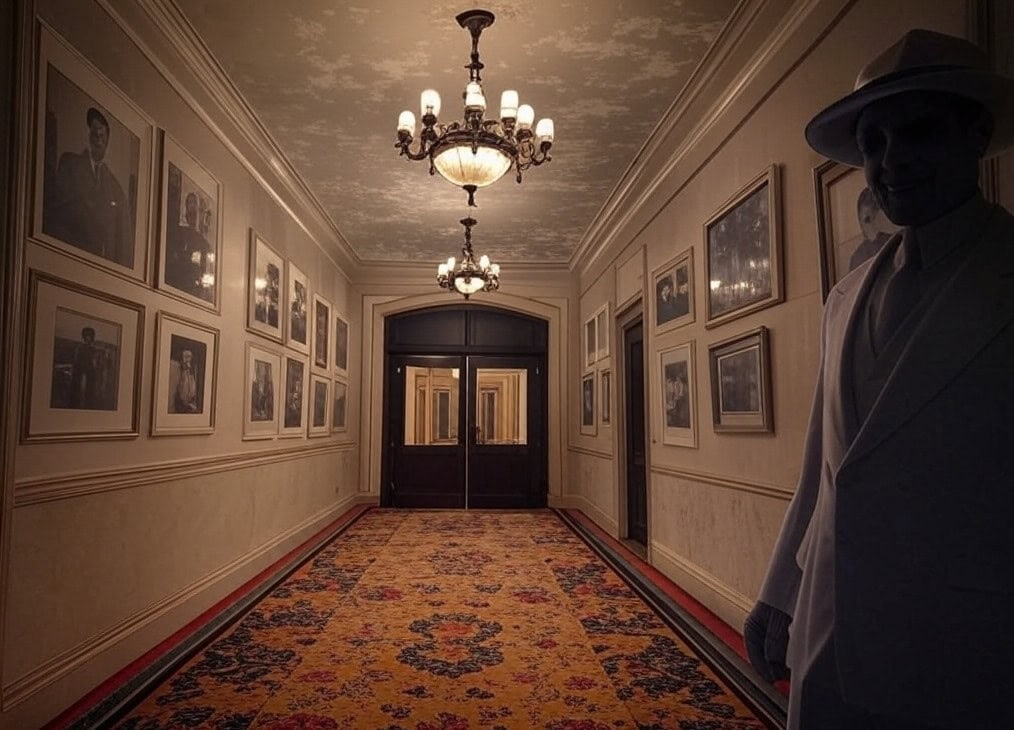
From Glamour to Ghosts
The Biltmore Hotel opened its doors in 1926, designed to be one of the most lavish resorts in the country.
Its Mediterranean Revival architecture, complete with a towering spire, set it apart. During its early years, it hosted extravagant parties, drawing famous guests like Al Capone and Franklin D. Roosevelt.
Everything changed during World War II when the hotel was converted into a military hospital.
The once-lively ballrooms became operating rooms, and the hallways carried the echoes of soldiers recovering from battle.
After the war, the building sat abandoned for years before being restored to its former glory. But many believe some guests never checked out.
Specters of the Past
One of the most famous ghost stories tied to the Biltmore involves Thomas "Fatty" Walsh, a mobster who was gunned down on the 13th floor in 1929.
His murder was never solved, and some say his spirit still lingers. Guests and staff have reported hearing loud laughter and voices coming from empty rooms.
Others have seen doors opening and closing on their own as if someone unseen is still running the place.
Other reported hauntings involve figures in old-fashioned clothing roaming the hallways.
A woman in white has been spotted near the hotel's grand staircase, and guests have woken up to find shadowy figures at the foot of their beds.
The hotel's long history as a hospital has also sparked stories of spirits lingering from that time, patients who never left and doctors who still make their rounds.
Phantoms in the Penthouse
The 13th floor, where Fatty Walsh met his end, is where most paranormal activity occurs.
Bartenders have reported liquor bottles shifting on their own, and some guests claim to hear music playing in the dead of night when no events are scheduled.
The hotel's elevators have a mind of their own, stopping at floors no one requested.
One of the most unsettling experiences comes from the staff who work the night shifts.
Some have felt invisible hands brush against them, while others have heard their names whispered when no one else is around.
Security cameras have captured odd flashes of light and movement in empty hallways, adding fuel to the hotel's eerie reputation.
Hauntings in High Society
Despite, or maybe because of, its ghostly history, the Biltmore remains a major attraction.
It continues to operate as a luxury hotel, drawing in visitors who are as eager to experience its high-end amenities as they are to catch a glimpse of something paranormal.
Ghost tours frequent the property, and the hotel's haunted reputation has been featured in books, documentaries, and TV shows.
Many guests stay for the history, but some leave with stories they never expected to tell.
Whether they're sipping cocktails in the lavish lobby or wandering the hallways late at night, they might feel a presence that suggests some past residents never left.
Unmasking the Myths
Skeptics argue that many of the ghostly encounters can be explained by the building's age.
The creaks and groans of old wood, the echoes of high ceilings, and the occasional power flicker all contribute to an atmosphere that plays tricks on the mind.
Some believe Fatty Walsh's legend has been exaggerated over time, turning a real event into a ghost story.
Historians point out that while the hotel has seen its share of violence and tragedy, there's no concrete evidence to support the ghostly claims.
Still, whether the hauntings are real or just a mix of imagination and history, one thing is certain, the Biltmore is never truly empty.
The Witch's Grave in Tallahassee
The Enigmatic Epitaph
Tallahassee's Old City Cemetery is filled with weathered headstones, some dating back to the 1800s.
One grave, however, stands out from the rest. It belongs to Elizabeth "Bessie" Budd-Graham, a woman who died in 1889 at the age of 23.
Unlike the simple markers around it, her grave is an ornate, above-ground tomb with intricate carvings and an unusual inscription.
Over the years, whispers spread that Bessie was a witch. Some say the symbols on her headstone hide secret meanings.
Others claim her tomb faces west instead of east, a break from Christian burial traditions.Whatever the truth may be, the legend has stuck.
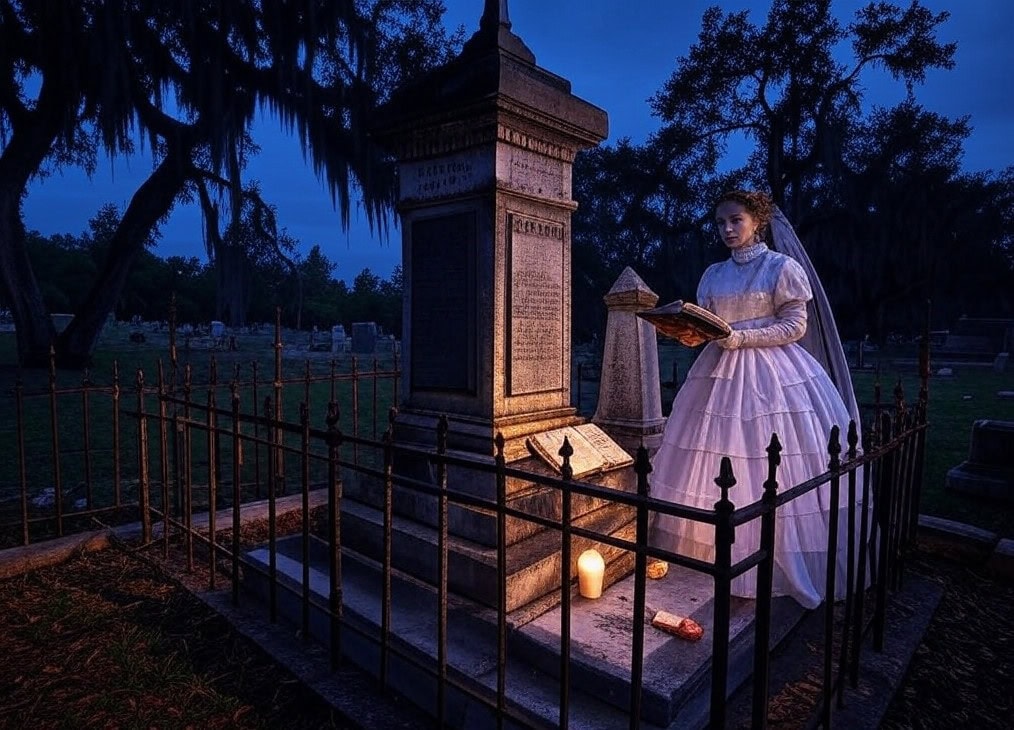
The Woman Behind the Grave
Records show that Bessie Budd-Graham was born in 1866 and lived in Tallahassee with her husband, William.
She came from a well-off family and was known as a kind, intelligent woman. No known reports are linking her to witchcraft during her lifetime.
Her death at 23 remains a mystery, though some speculate she may have suffered from illness.
After her passing, her husband commissioned an elaborate monument, far more decorative than most graves from that period.
Its size, detail, and poetic inscription raised questions. Why did a woman so young receive such a grand resting place?
Spells, Spirits, and Speculation
The rumors surrounding Bessie's grave started decades after her death.
Many believe the phrase carved into the stone, "Gone but not forgotten. She is not dead but sleeping.", has a hidden meaning.
Some see it as a reference to witchcraft, suggesting that she never truly left this world.
The headstone also features an open book, a common symbol for wisdom but sometimes associated with magic.
The most debated detail is the direction of her tomb. Unlike most Christian burials, which traditionally face east, Bessie's faces west.
This break from tradition has fueled claims that she followed an alternative spiritual path.
Otherworldly Visitors
Visitors have reported strange experiences at the grave site. Some claim to feel an unusual energy around the tomb. Others say electronic devices stop working or flicker when they get too close.
A few have even described hearing whispers in the wind as if someone unseen is standing nearby.
People often leave offerings, including candles, flowers, and trinkets, despite no historical evidence linking Bessie to witchcraft.
Whether left out of curiosity, respect, or belief in the legend, these gifts only add to the grave's eerie reputation.
A Local Mystery Lives On
Bessie's grave has become a fixture in Tallahassee folklore. Ghost tours make frequent stops, telling visitors about the so-called "White Witch."
Her story has been featured in books and articles, cementing her place in Florida's haunted history.
The Old City Cemetery itself is known for paranormal activity, with several graves linked to ghostly sightings.
Despite the lack of hard evidence, the mystery surrounding Bessie keeps drawing people in.
Reality vs. Rumors
Historians and researchers argue that the claims of witchcraft have no real foundation.
The poetic inscription is common for Victorian-era graves, not proof of anything supernatural.
The book carved into the stone likely represents knowledge or faith rather than magic.
Some say the westward-facing tomb could have been a personal preference or simply a practical decision based on the cemetery's layout. Still, the rumors persist.
Whether the legend of Bessie Budd-Graham is based on fact or pure imagination, her grave continues to attract those searching for answers or a brush with the unknown.
Disclaimer: The illustrations in this article are artistic representations created for informational purposes only. They are not actual photographs or direct visual documentation of the events, locations, or figures depicted.

